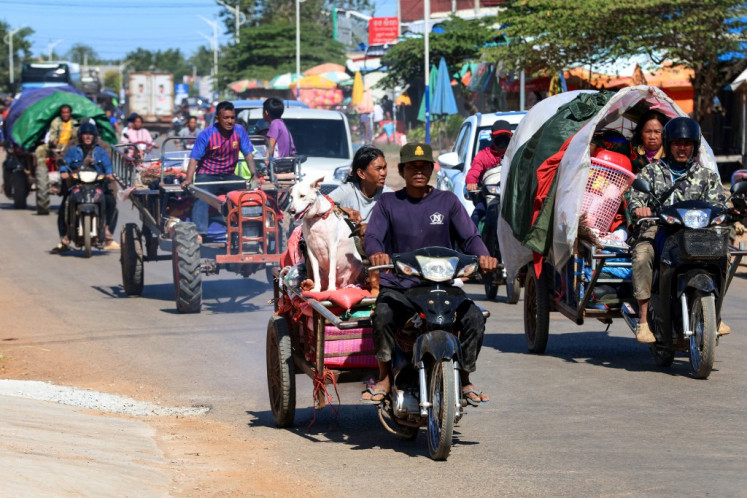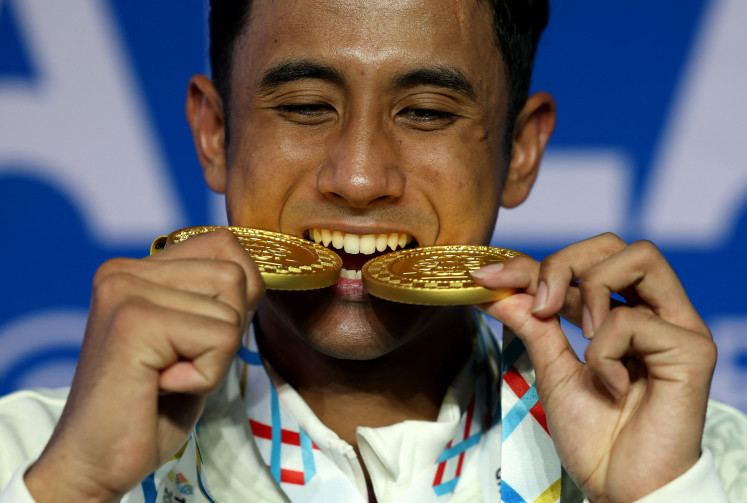Popular Reads
Top Results
Can't find what you're looking for?
View all search resultsPopular Reads
Top Results
Can't find what you're looking for?
View all search resultsWhat is 'muaythai'?
Muaythai, which literally means "Thai boxing", has a long history in Thailand and is the country's national sport
Change text size
Gift Premium Articles
to Anyone
Muaythai, which literally means "Thai boxing", has a long history in Thailand and is the country's national sport. Up until a few years ago, it was romanized as "Muay Thai" but was changed to muaythai following the advice of the official world governing body for the sport, the World Muaythai Council, which also changed its acronym from WMTC to WMC in line with the modified spelling.
While muaythai is thought to have originated in Thailand, forms of it have long been practiced throughout Southeast Asia: It is known as pradal serey in Cambodia, tomoi in Malaysia, muaylao in Laos and lethwei in Burma. The Thai military uses a modified form of muaythai called lerdrit.
The muaythai practiced today uses kicks and punches in a ring with gloves similar to those used in Western boxing and varies significantly from its ancient predecessor, muayboran.
Muaythai is known as "The Science of Eight Limbs", as the hands, shins, elbows and knees -- eight "points of contact", as opposed to "two points" (fists) in Western boxing -- are employed in a combination of attack and defense moves.
Muaythai training focuses on body conditioning and is specifically designed to promote a high level of fitness and toughness required for ring competition. A muaythai training regimen incorporates running, shadowboxing, skipping, body weight resistance exercises, abdominal exercises and timed rounds of contact cardio work on kick pads, focus mitts and heavy bags with a trainer.
A muaythai bout is usually set for five, three-minute rounds with a two-minute break between. Prior to the start of the first round, both fighters perform the traditional Wai Kru (a ritual that pays respect to the fighter's teacher) and the Ram Muay (a ritual warm-up dance aimed at intimidating the opponent). A muaythai bout is always accompanied by traditional Thai reed and cymbal music, which is usually played live.
Kickboxing, a competition sport considered to be a "watered down" version of muaythai, does not allow elbow strikes, knee strikes, or kicks below the waist. However, the development of kickboxing in Japan, Europe and the U.S. in the late 1970s was greatly influenced by muaythai, which became increasingly popular in these regions after it was seen on the big screen for the first time in the 1989 movie Kickboxer, starring Van Damme.
-- Deanne Whitfield










